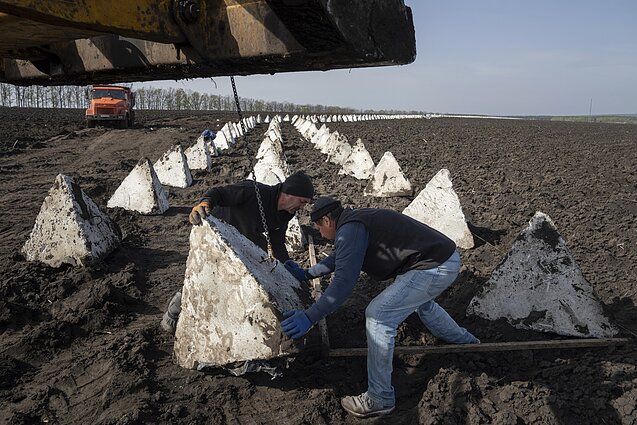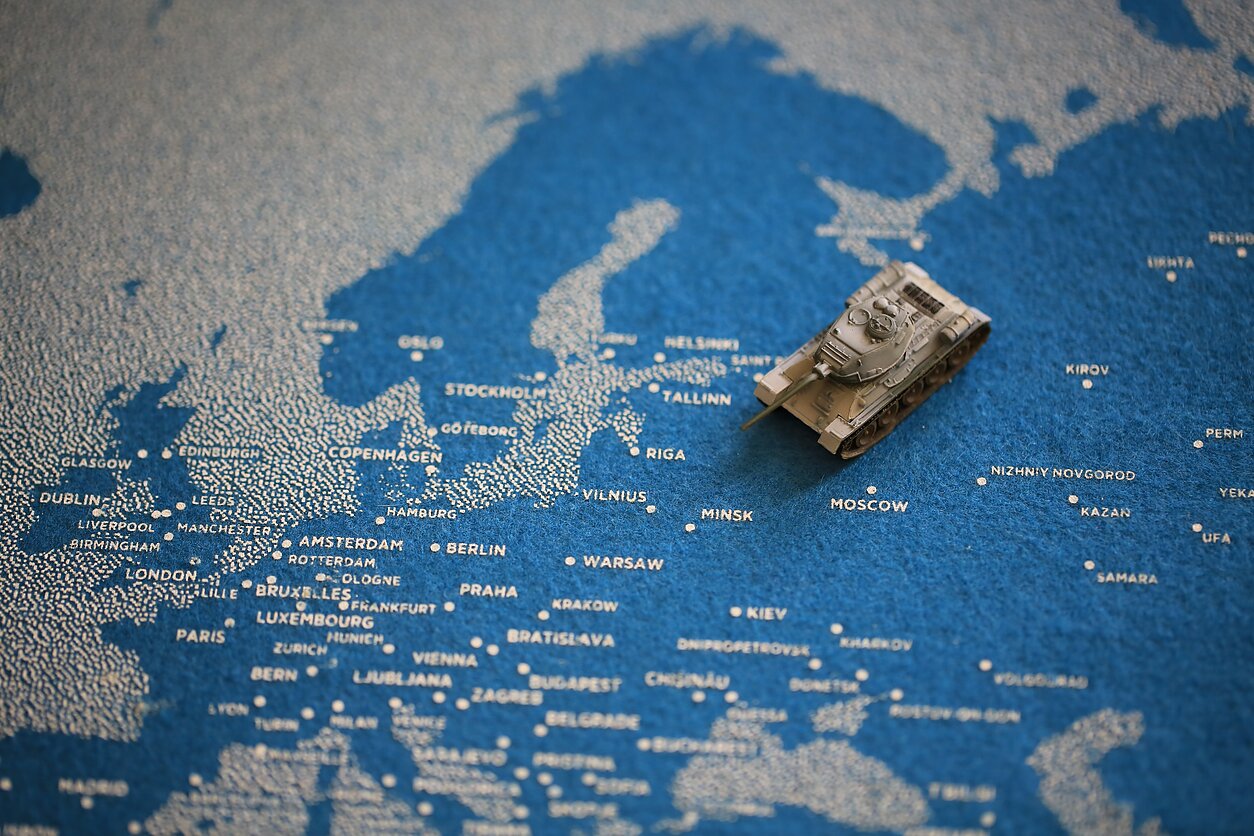Next week, Lithuania will commence the creation of 27 mobility control parks, according to Defense Minister Laurynas Kasčiūnas. These parks will feature anti-tank barriers, hedgehogs, and checkpoints. The establishment of these measures is a significant step in strengthening national defense, as reported by LRT.
Minister Kasčiūnas highlighted that constructing these control parks will require substantial financial resources, but it is deemed the most effective solution. He also mentioned the potential involvement of Lithuanian mines in this effort.
Contracts for mobility control measures were signed in June, with production already underway. The focus now is on rapidly delivering these resources to the parks.
The parks will be located near the border to facilitate the quick installation of barriers if needed. Some areas, such as Kaliningrad and Belarus, will be continuously fortified. Starting in September, the installation of fords and the reinforcement of bridges will begin, though specific locations will not be disclosed.
Part of the mobility control measures includes deepening and restoring drainage ditches to serve as anti-tank obstacles. There will also be afforestation and the deepening of forest alleys along a 20-kilometer stretch of the border.
The most resource-intensive aspect of the defense strategy will be developing mine-laying capabilities. Mines are already being purchased, with a significant portion of the funds allocated for anti-tank mines designed to target infantry and armored vehicles. Negotiations are also ongoing with Germany regarding naval mines and with Lithuanian industry for the production of local mines.
Lithuania plans to invest 600 million euros in its defensive line over the next ten years.
Interior Minister Agnė Bilotaitė noted that the defense line will protect against both kinetic and hybrid threats. Border guards and military engineers are collaboratively selecting optimal installation sites. EU financial assistance, including a recent 150 million euro grant for eastern border protection, is expected to support this effort.
Deputy Minister of Transport Agnė Vaidukevičiūtė reported that reserve barriers and engineering structures will be installed on 15 roads and 11 bridges to secure explosive materials. This project is slated for completion by December 31, 2025. Additionally, a joint project with the Ministry of Environment will involve enhancing forest alleys and ensuring road safety. Forest belts with a width of 80 meters will be preserved, with the implementation of these measures planned to be completed by December 31, 2027.





















